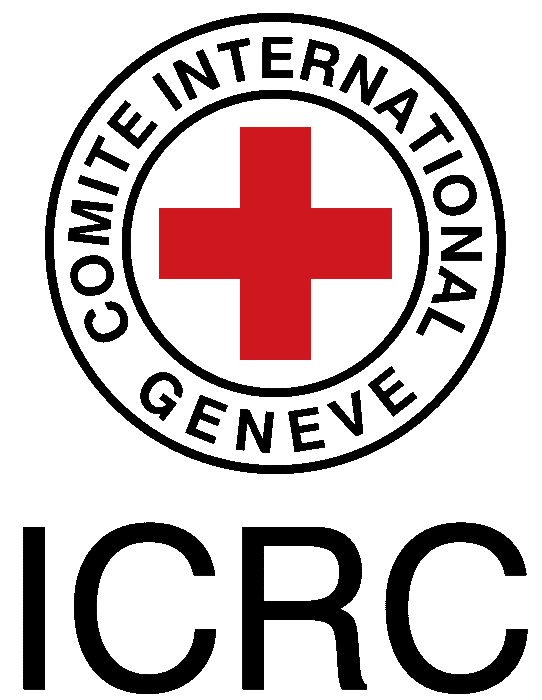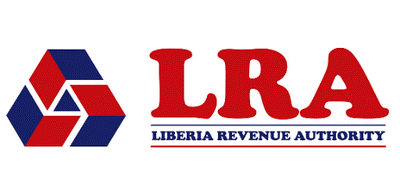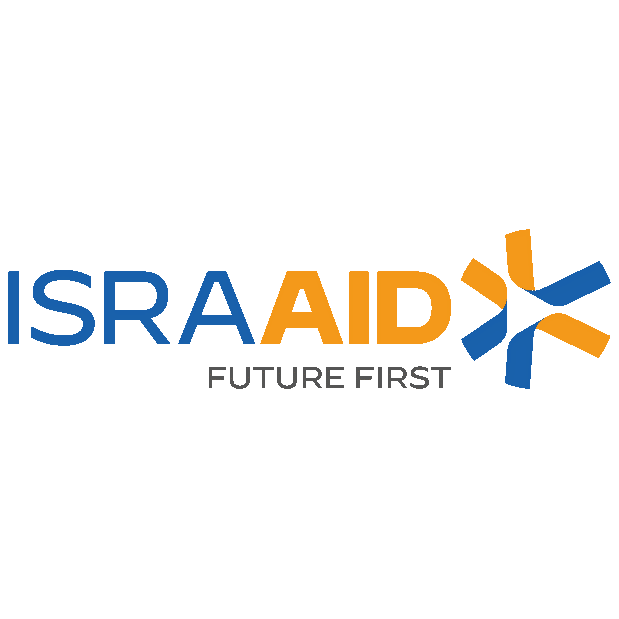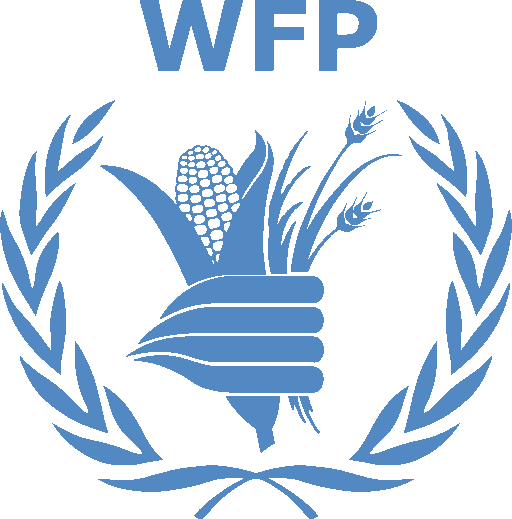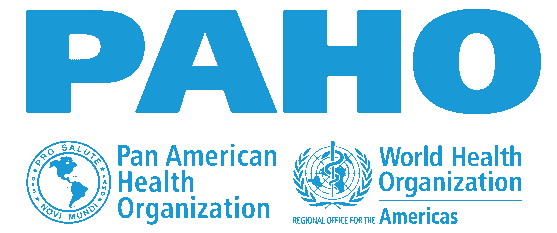Building a Safer Future: Construction Safety & High-Risk Work Training
INTRODUCTION
The construction industry is inherently high-risk, demanding rigorous safety protocols and specialized skills to prevent accidents and ensure the well-being of workers. This comprehensive training course equips professionals with the essential knowledge and practical techniques to effectively manage safety in construction environments, specifically focusing on high-risk work activities. By mastering these principles, you can contribute to a safer, more productive, and compliant construction site.
This comprehensive construction safety & high-risk work training will equip participants with the critical knowledge and skills to effectively manage safety in construction environments, with a specific focus on mitigating the risks associated with high-risk work activities, ultimately contributing to a safer and more productive industry.
DURATION
5 days
TARGET AUDIENCE
This course is designed for professionals working in or managing construction projects, particularly those involved in high-risk activities. This includes:
- Construction Managers and Superintendents
- Safety Managers and Officers
- Site Engineers
- Foremen and Supervisors
- Project Managers
- Workers involved in high-risk construction tasks
- Anyone responsible for ensuring safety on construction sites
COURSE OBJECTIVES
Upon completion of this training course, participants will be able to:
- Understand the Legal and Regulatory Framework for Construction Safety: Navigate relevant legislation, standards, and best practices governing construction safety.
- Identify and Assess Hazards Specific to High-Risk Construction Work: Recognize potential dangers associated with activities like working at heights, confined spaces, excavations, and lifting operations.
- Implement Effective Risk Control Measures for High-Risk Activities: Apply the hierarchy of controls to minimize or eliminate risks associated with high-risk work.
- Develop and Implement Safe Work Method Statements (SWMS) for High-Risk Work: Create comprehensive plans outlining safe procedures for specific high-risk tasks.
- Manage Permits-to-Work Systems for High-Risk Activities: Understand and implement permit systems to control access and ensure safe execution of hazardous work.
- Conduct Effective Safety Inspections and Audits on Construction Sites: Identify potential hazards and ensure compliance with safety protocols.
- Respond Effectively to Emergencies and Incidents on Construction Sites: Understand emergency procedures and the importance of incident investigation.
- Promote a Strong Safety Culture on Construction Projects: Foster a proactive and engaged approach to safety among all stakeholders.
COURSE MODULES
Module 1: Foundations of Construction Safety and Legal Framework
- Introduction to Construction Safety Principles and Best Practices.
- Understanding Relevant National and International Safety Legislation and Standards (e.g., OSHA, ILO).
- Roles and Responsibilities of Key Personnel in Construction Safety Management.
- The Importance of Safety Planning and Documentation in Construction Projects.
- Overview of Common Hazards and Risks in the Construction Industry.
Module 2: Identifying and Assessing Hazards in High-Risk Work
- Defining High-Risk Work Activities in Construction.
- Specific Hazards and Risks Associated with Working at Heights: Falls from scaffolding, ladders, roofs, and elevated platforms.
- Specific Hazards and Risks Associated with Confined Spaces: Asphyxiation, toxic gases, engulfment.
- Specific Hazards and Risks Associated with Excavations: Cave-ins, buried utilities, unstable ground.
- Specific Hazards and Risks Associated with Lifting Operations: Crane operation, rigging, load stability.
Module 3: Risk Control Measures for High-Risk Activities
- Applying the Hierarchy of Controls in Construction: Elimination, Substitution, Engineering Controls, Administrative Controls, and PPE.
- Implementing Engineering Controls for Working at Heights: Guardrails, safety nets, fall arrest systems.
- Implementing Engineering Controls for Confined Spaces: Ventilation, atmospheric monitoring, entry and exit procedures.
- Implementing Engineering Controls for Excavations: Shoring, sloping, benching.
- Implementing Engineering Controls for Lifting Operations: Proper equipment selection, inspections, and safe lifting techniques.
Module 4: Developing Safe Work Method Statements (SWMS) for High-Risk Work
- Understanding the Purpose and Legal Requirements of SWMS.
- Key Elements of an Effective SWMS: Hazard identification, risk assessment, control measures, and emergency procedures.
- Step-by-Step Process for Developing a SWMS.
- Involving Workers in the SWMS Development Process.
- Reviewing, Updating, and Communicating SWMS Effectively.
Module 5: Implementing Permit-to-Work Systems for High-Risk Activities
- Understanding the Purpose and Benefits of Permit-to-Work Systems.
- Identifying High-Risk Activities Requiring a Permit-to-Work.
- Developing and Implementing a Permit-to-Work Procedure.
- Roles and Responsibilities in the Permit-to-Work Process.
- Ensuring Proper Authorization, Communication, and Handover of Permits.
Module 6: Conducting Safety Inspections and Audits on Construction Sites
- Planning and Preparing for Safety Inspections and Audits.
- Identifying Key Areas for Inspection and Audit Focus.
- Utilizing Checklists and Other Tools for Effective Inspections.
- Identifying Non-Compliance and Potential Hazards During Inspections.
- Developing and Tracking Corrective Actions Following Inspections and Audits.
Module 7: Emergency Response and Incident Management in Construction
- Developing a Comprehensive Construction Site Emergency Response Plan.
- Procedures for Responding to Common Construction Emergencies (e.g., falls, fires, confined space incidents).
- The Importance of First Aid and Medical Response on Construction Sites.
- Incident Reporting and Investigation Procedures.
- Learning from Incidents to Improve Safety Practices.
Module 8: Promoting a Strong Safety Culture in Construction
- Understanding the Elements of a Positive Safety Culture.
- Leadership Commitment and Employee Engagement in Safety.
- Effective Communication and Consultation on Safety Matters.
- Implementing Safety Training and Awareness Programs.
- Recognizing and Rewarding Safe Behaviors and Practices.
CERTIFICATION
- Upon successful completion of this training, participants will be issued with Macskills Training and Development Institute Certificate
TRAINING VENUE
- Training will be held at Macskills Training Centre. We also tailor make the training upon request at different locations across the world.
AIRPORT PICK UP AND ACCOMMODATION
- Airport pick up and accommodation is arranged upon request
TERMS OF PAYMENT
- Payment should be made to Macskills Development Institute bank account before the start of the training and receipts sent to info@macskillsdevelopment.com
Building A Safer Future: Construction Safety & High-risk Work Training in Kenya
| Dates | Fees | Location | Action |
|---|---|---|---|
| 18/08/2025 - 22/08/2025 | $2,900 | Kigali |
|
| 25/08/2025 - 29/08/2025 | $1,250 | Nairobi |
|
| 01/09/2025 - 05/09/2025 | $4,950 | Instanbul |
|
| 15/09/2025 - 19/09/2025 | $1,500 | Mombasa |
|
| 22/09/2025 - 26/09/2025 | $1,250 | Nairobi |
|
| 06/10/2025 - 10/10/2025 | $4,950 | Dubai |
|
| 20/10/2025 - 24/10/2025 | $2,900 | Kigali |
|
| 27/10/2025 - 31/10/2025 | $1,250 | Nairobi |
|
| 03/11/2025 - 07/11/2025 | $4,950 | Instanbul |
|
| 17/11/2025 - 21/11/2025 | $2,900 | Kigali |
|
| 24/11/2025 - 28/11/2025 | $1,250 | Nairobi |
|
| 01/12/2025 - 05/12/2025 | $1,500 | Mombasa |
|
| 08/12/2025 - 12/12/2025 | $1,250 | Nairobi |
|
| 05/01/2026 - 09/01/2026 | $2,900 | Kigali |
|
| 12/01/2026 - 16/01/2026 | $1,750 | Mombasa |
|
| 26/01/2026 - 30/01/2026 | $1,250 | Nairobi |
|
| 02/02/2026 - 06/02/2026 | $2,900 | Kigali |
|
| 09/02/2026 - 13/02/2026 | $1,750 | Mombasa |
|
| 23/02/2026 - 27/02/2026 | $1,250 | Nairobi |
|
| 02/03/2026 - 06/03/2026 | $2,900 | Kigali |
|
| 16/03/2026 - 20/03/2026 | $1,750 | Mombasa |
|
| 23/03/2026 - 27/03/2026 | $1,250 | Nairobi |
|
| 06/04/2026 - 10/04/2026 | $2,900 | Kigali |
|
| 13/04/2026 - 17/04/2026 | $1,750 | Mombasa |
|
| 20/04/2026 - 24/04/2026 | $1,250 | Nairobi |
|
| 04/05/2026 - 08/05/2026 | $2,900 | Kigali |
|
| 25/05/2026 - 29/05/2026 | $1,250 | Nairobi |
|
| 01/06/2026 - 05/06/2026 | $2,900 | Kigali |
|
| 15/06/2026 - 19/06/2026 | $1,750 | Mombasa |
|
| 22/06/2026 - 26/06/2026 | $1,250 | Nairobi |
|







